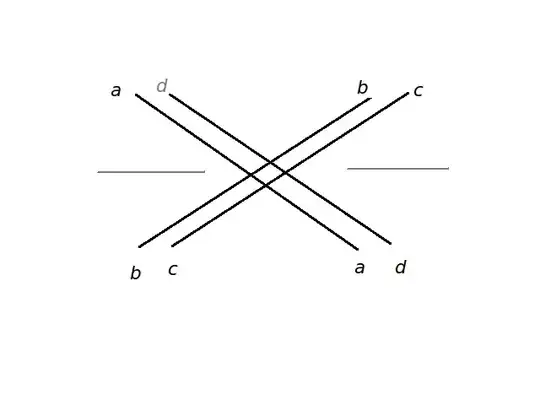Is there any toy for learning algebraic manipulation of fractions? If you don't know of any, how would you design one?
What I'm imagining is something similar to a Rubik's cube whose manipulation produces only true equations in some number of variables, for example:
$\frac{a}{b} = \frac{c}{d}$
(turn a knob)
$a = \frac{b c}{d}$
(twist a handle)
$a d = b c$
(push a button)
$\frac{a d}{b c} = 1$
(flip a switch)
$\frac{a}{b c} = \frac{1}{d}$
(touch a screen)
$\frac{1}{b c} = \frac{1}{a d}$
As the last manipulation implies, I'm also wondering about how this could be done in software, as well as a mechanical toy.

fractions toyinto Google Images. I suppose I shouldn't be surprised that most of these toys involve shapes cut up into some number of congruent pieces... – J. M. ain't a mathematician Sep 15 '11 at 08:59fraction manipulation toygives this page as the first result, even though it's only existed a few minutes. – anon Sep 15 '11 at 09:00